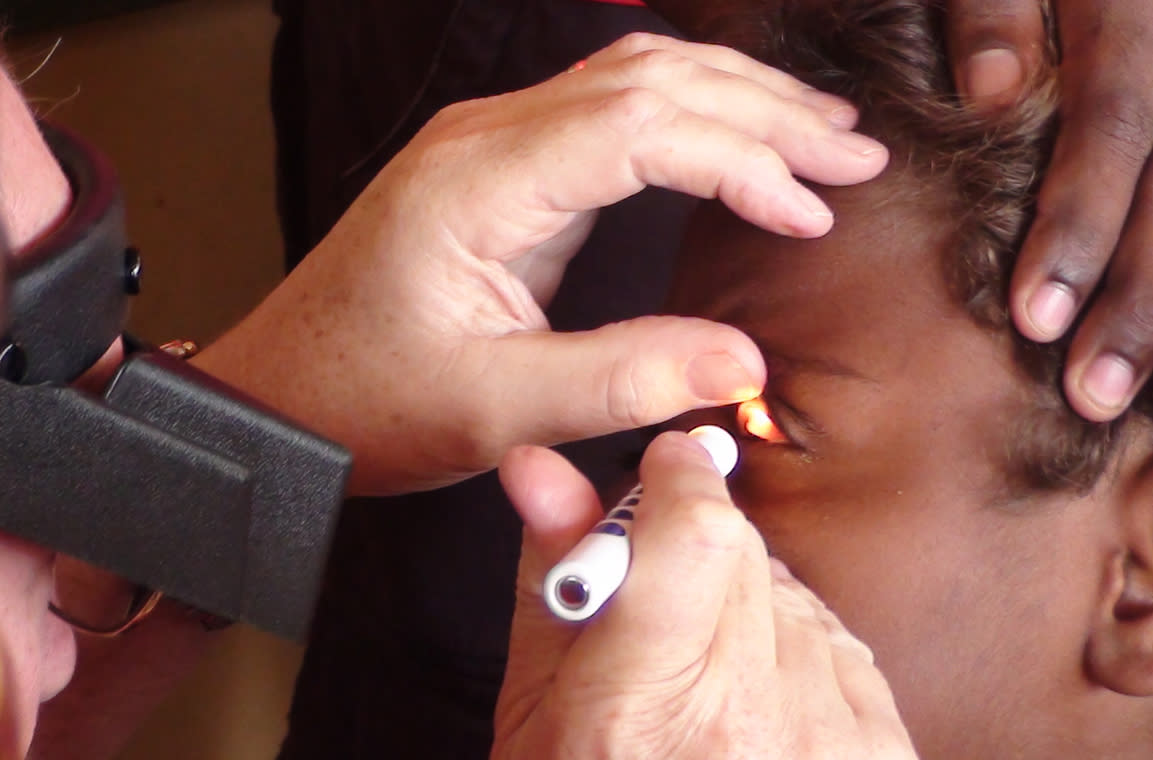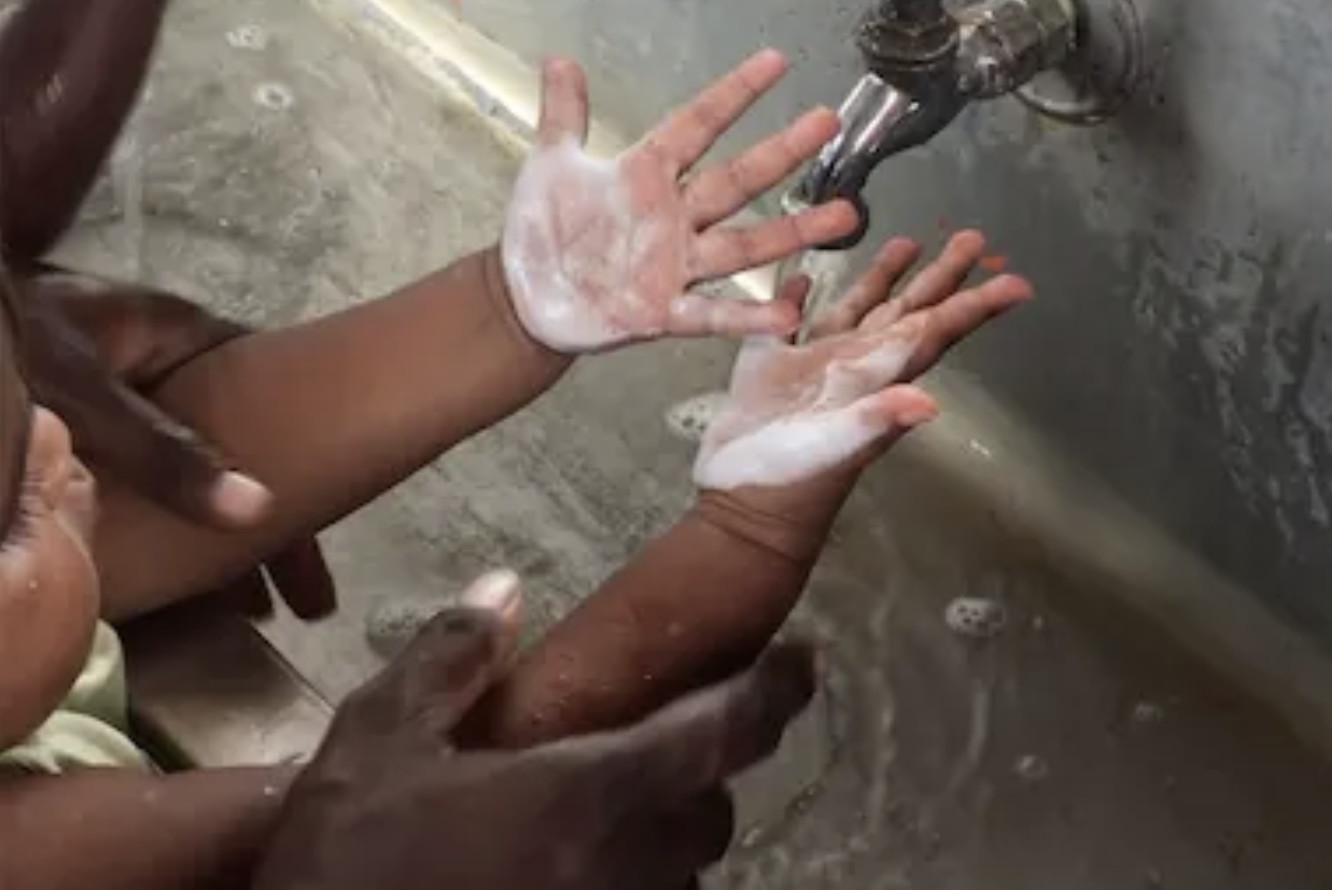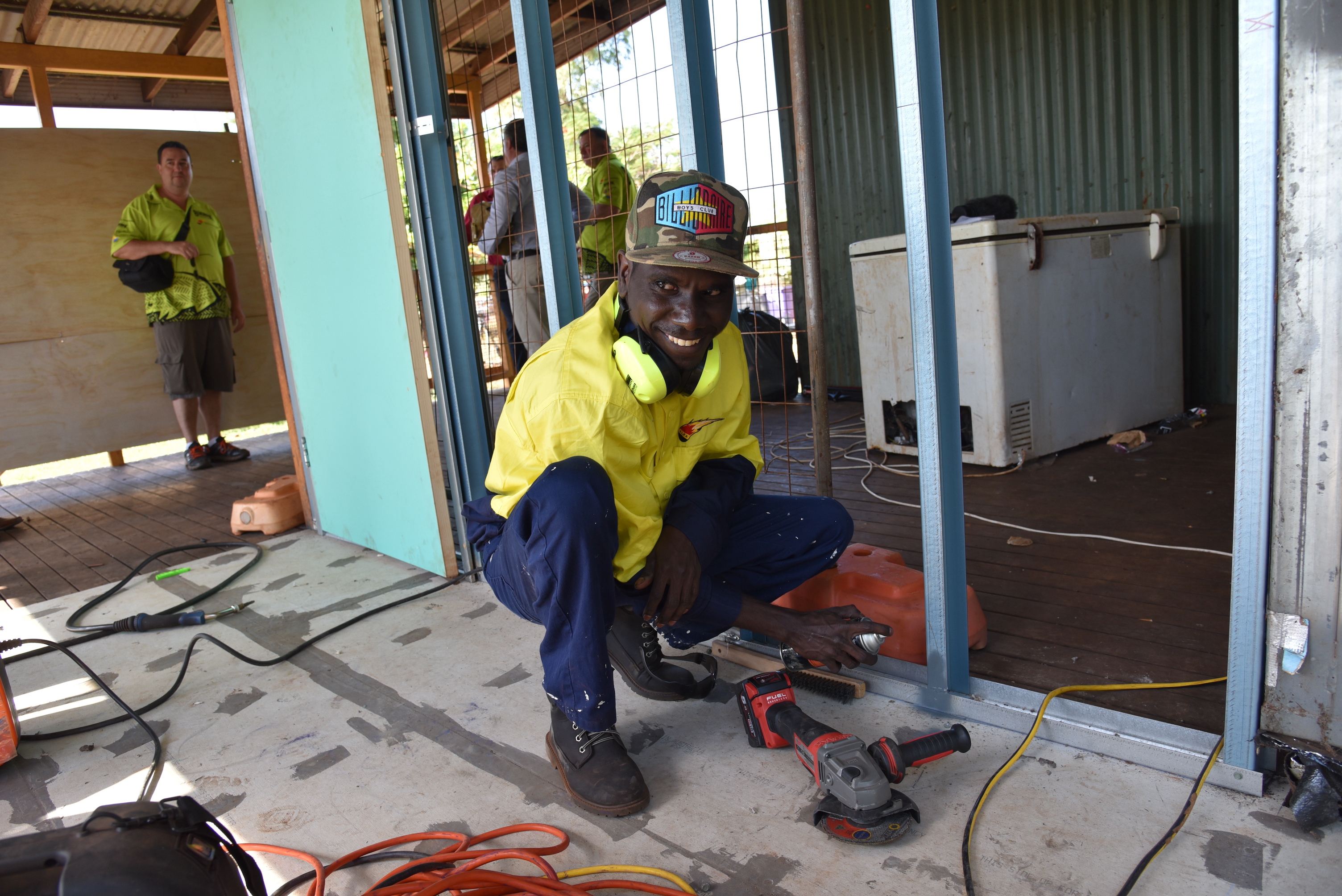
Health & Medicine
The Indigenous eye-care gap is closing, but not fast enough

In order to see improvements in Indigenous health, we must improve Indigenous housing and that can only be done with Indigenous involvement and leadership
Published 12 May 2021
The recommendation of the recent Senate report to re-establish the National Partnership Agreement on Remote Indigenous Housing is to be applauded.
More importantly, it should be implemented as a matter of urgency.

As an ophthalmologist, I have long worked on trachoma, the blinding eye disease spread repeatedly between young children which causes scarring in the eyes, leading to blindness in adults.
Trachoma, sometimes called “Sandy Blight”, disappeared from mainstream Australia more than a century ago. But actually, Australia remains the only developed country to still have trachoma, along with some 44 low-income countries.
Last week, the World Health Organisation (WHO) declared Gambia to be the latest country to eliminate trachoma. Australia had made a declaration in 2009 to eliminate trachoma by 2020 – a target the country missed.

Health & Medicine
The Indigenous eye-care gap is closing, but not fast enough
Although some good progress has been made, the process has stalled for lack of safe and functional housing. Inadequate housing has a critical impact on health, including Indigenous health.
Trachoma is spread by the frequent exchange of infected eye and nose secretions from one child to another. The key to stopping this terrible blinding disease is to stop the spread of infected secretions by keeping the children’s faces clean.
In order to do this, they must have access to safe and functional bathrooms.
Antibiotic treatment is used to reduce the level of infection and surgery can treat the painful in-turned eye lashes that cause blindness, but the improvement in personal and community hygiene is the essential element for sustainable elimination.

Recently, Ninti One, an Indigenous non-profit organisation, completed some research with us looking at the factors that influence facial cleanliness in young Indigenous children.
Some of the key issues were poverty and disadvantage, as well as the social context and conditions in remote communities. The latter include overcrowding with poor access to safe and functional washing facilities and hygiene products.
The Australian Institute of Health and Welfare’s 2020 report, the Aboriginal and Torres Strait Islander Health Performance Framework, shows that half of remote Indigenous households are overcrowded and half have a major structural problem.

Health & Medicine
Schools must provide soap to maintain basic hygiene
Almost all these houses are government owned, and tenants are forbidden to undertake repairs.
Most problems – like leaky taps or blocked drains – only need a handyman to fix them. Only about 10 per cent of initial problems need a specific tradesperson to fix them.
The problem is that many people have to wait three or even six months to have minor repairs done.
When a service stops working people leave the house and move in “next door” and this leads to and compounds overcrowding. This then leads to more problems and a vicious cycle.

What is needed is prompt repair and maintenance within the community. While new housing is an urgent need, drains can block and taps can leak in new houses too – so proper, prompt repair and ongoing maintenance is required for all housing.
Good personal hygiene isn’t only important for an eye infection like trachoma.
For all childhood infections, it is fundamental. These includes otitis media (ear infections), skin infections – like scabies, which lead to rheumatic heart disease and chronic kidney disease – as well and respiratory and gastric infections.

Health & Medicine
Closing the Gap: Good policy or just target practice?
This range of childhood infections are all exacerbated by poor hygiene that is a result of faulty washing facilities in badly maintained housing.
The Aboriginal Community Controlled Health Organisations play a very significant role in the health and wellbeing of their communities. This was clearly demonstrated by the extraordinary job they did in protecting their communities from the COVID-19 pandemic.
It is fundamental that the Aboriginal Community Controlled sector has an ongoing leadership role in Indigenous housing. Any re-established National Partnership Agreement for remote housing must include Indigenous leadership.
If we want to improve Indigenous health, we must improve Indigenous housing that includes prompt repair and maintenance.
And the bedrock for that is Indigenous involvement and leadership.
Banner: Getty Images